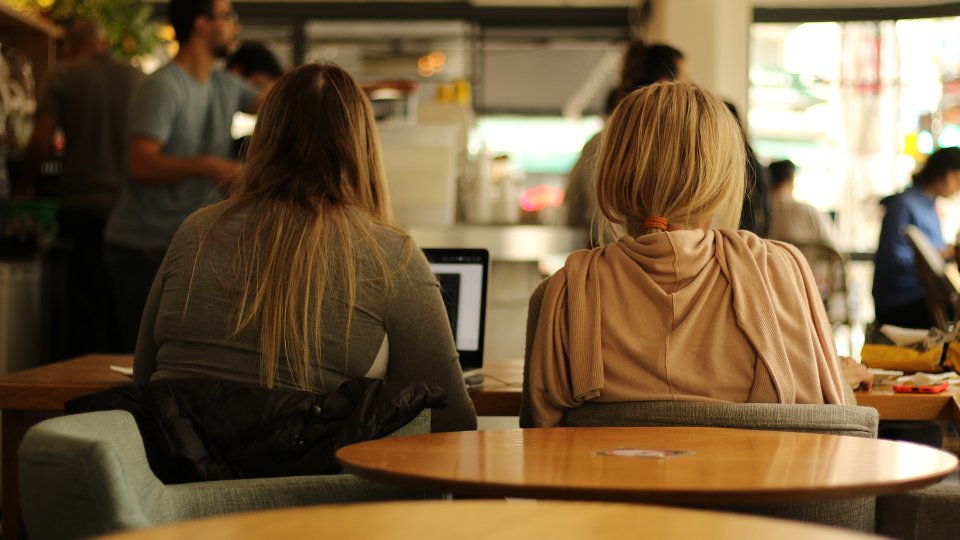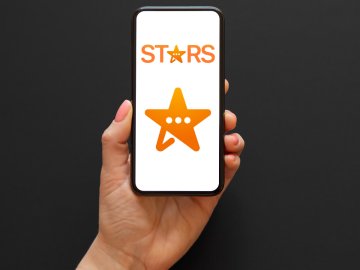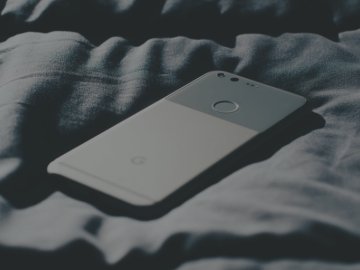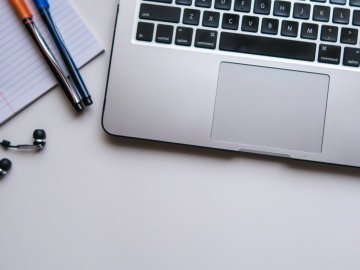International Women’s Day allows for a day of reflection and to think about the place of women in today’s society. As the focus of SWGfL revolves around the safe use of technology, we reflect on the position of women in online spaces, and it’ll be no surprise, that just like the offline world, the online world is still, unfortunately, not a safe space for many women. But in 2022, why is this still the case and what needs to change?
How Are Women Not Safe Online & What Does the Data Show?
Before we start, a quick disclaimer: the purpose of this article is to reflect, not scaremonger, nor say this issue is faced by every woman. Not all women who open an internet browser will be violated with an unsolicited nude/ intimate image nor sent a barrage of online hate, but we know from the data gathered by SWGfL Helplines, women are very likely to experience various types of online harms.
Women are often not safe online for a number of reasons. Where online spaces can bring together communities, enable communication and new opportunity, they also exist as a new space for risk and to facilitate abuse. Whilst not a new discourse, it is a harsh and in fact a reality for many women experiencing online harms. The Revenge Porn Helpline and Report Harmful Content platform encounter these cases on a daily basis and you can see first-hand how online spaces and technology can be manipulated, exploited and weaponised to create harm.
Our data shows women disproportionately experiencing and reporting online harms to the SWGfL Helplines:
- Intimate image abuse can include the taking, sharing or threatening to share private sexual images without consent. The impact of these crimes can be devastating and cause life-long effects. The RPH 2015-2020 report found 62% of victims of these crimes to be women; and throughout this period, where private sexual content had been shared online, RPH reported 42 images for each female victim, in comparison to 1.5 for each male victim.
- Report Harmful Content provides advice to empower online users to make reports of online harm and can support with mediation with the relevant platform. 41% of reports that were made to Report Harmful Content in 2021 were by those experiencing domestic abuse, and of these reports, a concerning 75% were made by women. 91% of these reports were also linked to other types of online harm – with 58% of those other harms being linked to harassment and/or coercive control.
- Technology is playing a growing role in cases of domestic abuse in the UK. As an example of this impact, domestic abuse charity Refuge found a 97% increase in the number of domestic abuse cases requiring specialist tech support.
What Needs to Change?
- Victim blaming culture - in order for women to feel safe online, we must stop blaming the victim for the abuse they experience. All blame should lie with the perpetrator who committed the act: whether it be criminal or unkind, they hold the responsibility, not the victim.
- Online spaces need to be kept safe - we are very pleased to see the introduction of new policies and dedicated teams on industry platforms devoted to keeping women safe online. This must be maintained and kept flexible to the ever-changing nature of the online world.
- We must provide support - the need and justification for support can be evidenced more than ever, reports to SWGfL Helpline’s increase yearly and cases dealt with become more and more complex. During the Covid-19 pandemic, the caseload of the Revenge Porn Helpline doubled from 2019 to 2020, this rise has increased year on year since, and Report Harmful Content witnessed a staggering 292% increase in harmful behaviours reported online.
International Women’s Day is here for us to reflect but also to raise awareness of how individual actions and changes in behaviour can make an impact. You can help make online spaces safer by calling out bad behaviour and reporting the online abuse you may see If you’re a bystander, speak up on someone else’s behalf - or simply, just share our message.
Education establishments and organisations can support their community to report cases of online abuse and harmful content, by adding vital reporting avenues to their websites. The Report Harmful Content button is just one avenue that organisations can encourage internet users to use.
SWGfL exists to ensure everyone can benefit from technology free from harm and we will continue our work with your support. Remember, if you have been the victim of intimate image abuse and are over 18, you can contact the Revenge Porn Helpline. If you have been victim to or witnessed legal but harmful online content, you can contact Report Harmful Content.






